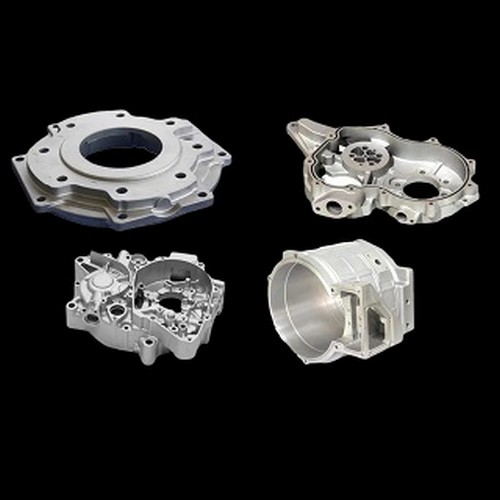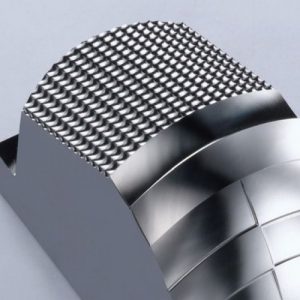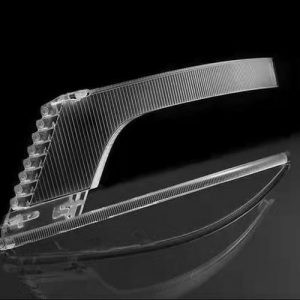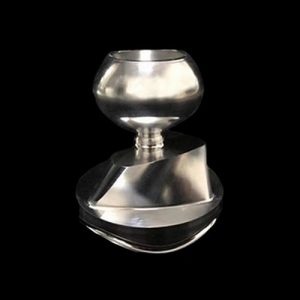Engine parts processing
The engine is one of the core components of the automobile, and its running stability and efficiency directly affect the performance of the automobile. The core component of the engine is the engine parts. Due to the complexity and precision requirements of engine parts, processing is difficult and high cost, so for the processing of engine parts, high-precision processing equipment and strict manufacturing process are required. This paper will analyze and introduce the process, technology and difficulties of machining engine parts.
First, processing process
The machining process of engine parts generally includes the following steps:
Step 1 Design
The design of the engine parts is required before the machining begins. In the design stage, it is necessary to consider the function of the part, working conditions, durability and material selection and other factors.
2. Material preparation
According to the design requirements, select the appropriate materials, the selection of materials directly affects the performance of the parts. The materials selected for general engine parts include high-strength alloy steel, aluminum alloy, copper alloy, titanium alloy and so on.
3. Processing technology
General engine parts processing technology including forging, casting, drawing, cutting, grinding, drilling and so on. Among them, cutting is the most commonly used method. Cutting can transform materials from their original state into the desired shape and size.
Step 4 Heat treatment
After processing, the parts need to be heat treated. Heat treatment can eliminate the stress and deformation caused by processing, and improve the hardness, strength and durability of parts.
5. Surface treatment
Surface treatment includes spraying, electroplating, sandblasting, polishing, etc., mainly in order to improve surface quality, prevent corrosion, and increase the life of parts.
Second, processing technology
In the machining of engine parts, the machining technology has a crucial impact on the quality and performance of the parts. The following are some commonly used engine parts processing techniques:
1. CNC machining
Numerical control machining can improve machining accuracy and efficiency, and reduce the influence of human factors on machining quality. CNC machining can realize automatic programming, automatic loading and unloading, automatic tool change and other functions, which greatly improves the production efficiency.
2. Machining center
Numerical control machining center is a multifunctional machine tool based on numerical control technology. The machining center can realize milling, drilling, tapping and other processing methods on a machine tool, with high precision and high efficiency.
3. Mold processing
Die machining is a high-precision cutting technology, mainly for engine parts with complex shapes. Mold processing usually requires advanced design and manufacturing processes to ensure the quality and accuracy of parts.
4. Laser processing
Laser machining is a high-precision, high-speed processing technology that allows for processes such as non-contact cutting and punching, and is capable of cutting any shape and material. Laser processing can achieve automated production, improve production efficiency and processing accuracy.
Third, processing difficulties
The difficulties of engine parts processing are mainly concentrated in the following aspects:
1. Complex shapes
Engine parts have very complex shapes, such as cylinder bodies, cylinder heads, crankshafts, etc. These parts need to be processed several times to form a complete structure, and the process accuracy and equipment requirements are very high.
2. High precision requirements
The machining accuracy of engine parts is very high, especially in some key parts, and the wrong processing may cause damage to the parts or lead to the deterioration of the vehicle performance. Therefore, machining parts requires the use of high-precision equipment and strict process control.
3. Material characteristics
Engine parts are used under high temperature, high pressure and complex load conditions, so the choice of materials is particularly important. Some alloy materials may have high strength and high wear resistance, but it may also lead to more difficult processing, so the need to use highly targeted processing technology.
In short, engine parts processing is a complex and demanding process. Although the processing is difficult, by optimizing the processing process and technology, the quality and accuracy of the parts can be guaranteed, thus ultimately improving the performance and life of the entire engine.
The engine is one of the core components of the car, it is composed of many parts, each part plays a vital role. Some of these important components need to be processed to perform at their best. The following are some common engine parts and their processing methods.
1. Cylinder block processing: The cylinder block is one of the most important parts of the engine, located in the center of the engine. It carries the compressed gas and energy from the explosion and transfers it to the crankshaft. The cylinder block is usually made of aluminum alloy, and its processing requires the use of high-end machine tools for precision machining. The machining process includes steps such as milling, drilling and expanding.
2. Piston processing: The piston is located inside the cylinder, and the gas is compressed and released by cooperating with the crankshaft. Pistons are usually made of aluminum alloy and require precision machining to ensure their performance and longevity. Machining steps include milling, grinding and spraying.
3. Camshaft processing: camshaft is one of the core components of the engine, which controls the opening and closing of the inlet and exhaust valves and the timing of cylinder compression. Camshafts are usually made of high-strength steel or aluminum alloy, and the processing process requires the use of high-precision CNC machine tools for processing. The machining steps include shaft diameter machining, bearing seat machining and CAM machining.
4. Oil pump processing: Oil pump is one of the essential parts of the engine, which transfers the oil pressure to the engine components. The oil pump is usually made of cast iron or aluminum alloy, and the processing process includes milling, drilling and threading.
5. Crankshaft machining: The crankshaft is one of the most important and complex parts of the engine, which is responsible for converting the power of the piston into rotary power. Crankshafts are usually made of high-strength steel and need to go through multi-step CNC machining to ensure their accuracy and strength. The machining steps include center hole machining, surface grinding and shaft diameter machining.
The above is an overview of the machining methods for common components in the engine, which are precisely machined to ensure the performance and life of the engine. At the same time, it is also an important branch of the field of automotive parts processing, requiring high-precision, high-efficiency and high-quality machine tools and technical support to ensure production efficiency and quality.
Dongguan Lianda focus on engine parts processing for many years, welcome friends who need five-axis processing to call for detailed discussion!
 Hardware parts processing 5-axis machining - 5 axis CNC machining - 5-axis linkage machining - five-axis machining price - non-standard hardware machining - precision parts processing manufacturers
Hardware parts processing 5-axis machining - 5 axis CNC machining - 5-axis linkage machining - five-axis machining price - non-standard hardware machining - precision parts processing manufacturers








